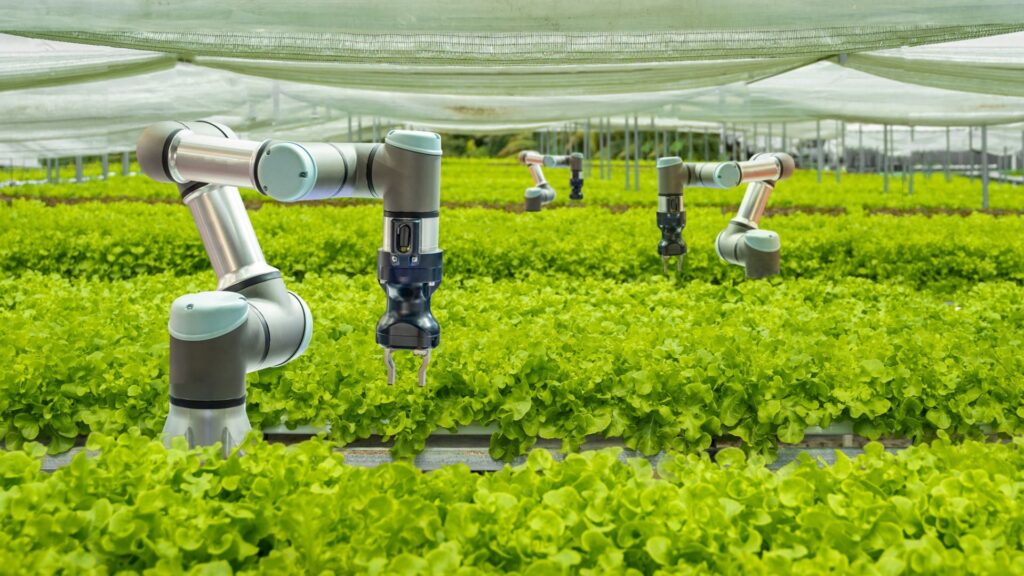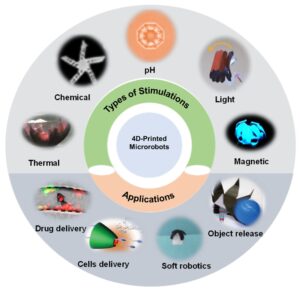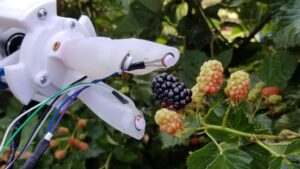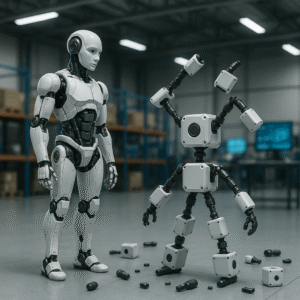Robots that harvest fruit or prune vine can get tripped up when leaves and branches block their view. CMU’s Robotics Institute has a neat solution: **SonicBoom**, a sensor that uses touch-based sound to detect apples even when they’re hidden. It brings farm robots one step closer to matching a human’s intuitive feel. (Carnegie Mellon University News)
How SonicBoom Works
Instead of relying on cameras, SonicBoom emits acoustic pulses and listens for echoes as its arm moves through foliage. The method helps the robot map out the 3D position of fruit using touch rather than sight. In experiments, it located apples behind cluttered branches with high success rates—something visual systems often struggle with.
Why This Breakthrough Matters
Field conditions are messy. Robots can get confused when leaves block cameras or lighting shifts. SonicBoom adds a whole new channel of perception. It’s like giving robots fingertips. If it proves reliable under real-world conditions, it could make vineyard and orchard robots far more practical and reduce fruit damage from misfires.
Early Results and Next Steps
The research is still a few seasons away from commercial readiness. So far, lab trials suggest strong 3D localization in simulated branches. Researchers plan to combine SonicBoom with vision sensors and test in orchards with grape, apple, or prune crops. Handling wind, vibration, and field noise will be key challenges going forward.
Why Farmers Care
Labor shortages, high costs, and the need for precision are pushing farms toward automation. But farmers are also cautious—mistakes cost money and time. Tech like SonicBoom that addresses real constraints earns attention. Accurate and gentle fruit handling means harvesters can run longer, cleaner, and with better quality results.
Global and Industry Impact
This touch-based approach represents a shift in ag-robot design—from eye-first to sensor-fusion. It sets a precedent for future machines that combine sight, sound, and touch. Robotics firms and big ag-tech players are watching this research closely. It could inform everything from pruning robots to autonomous weeders that navigate dense canopies with ease.
My Take
I love innovations that imitate what we take for granted—like feeling your way through branches when you can’t see. SonicBoom is a clever, low-cost tweak that could make a real difference. Don’t just watch this space—it might soon harvest fruit, not just ideas.
Source:
Carnegie Mellon University News (SonicBoom sensor research)




